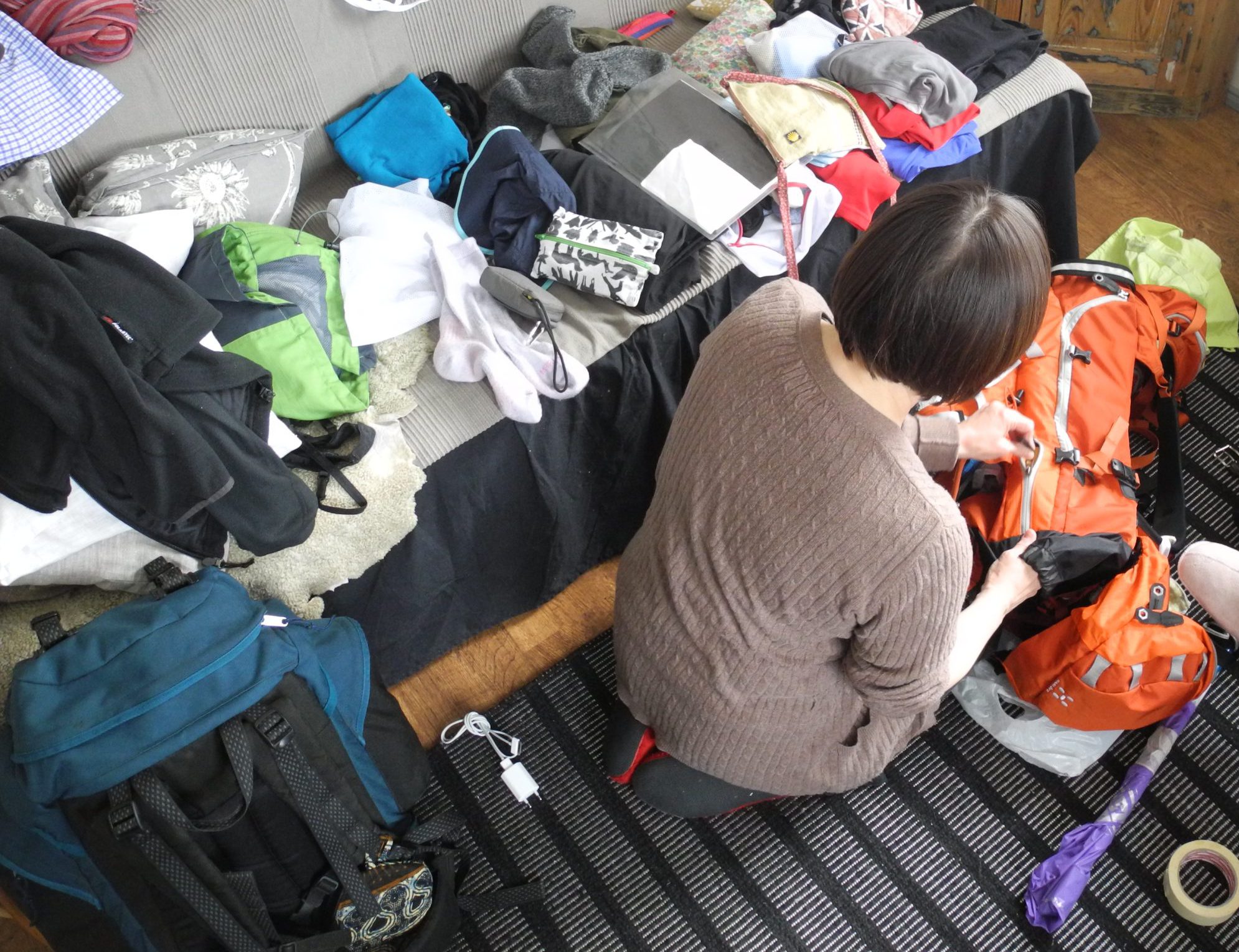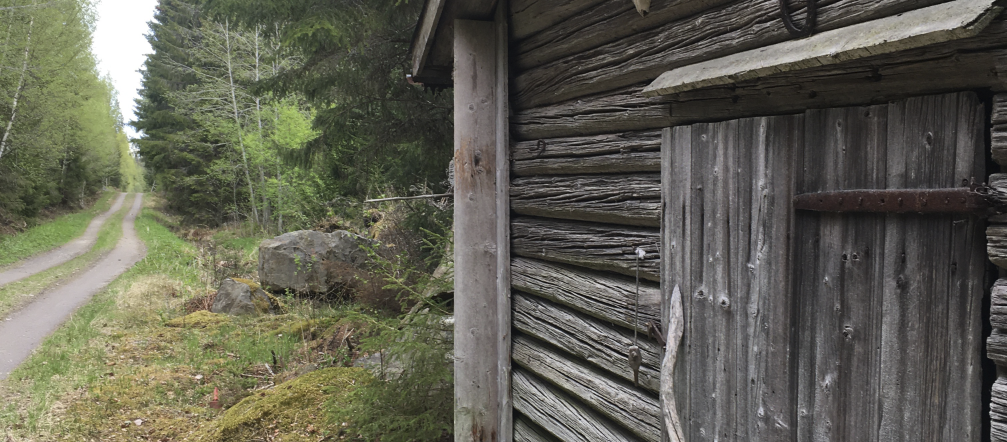
How should you plan for a pilgrimage hike?
A pilgrimage is often long and slow-moving. As you prepare, many questions can arise:
- Big or small rucksack?
- Which shoes?
- Rain gear?
- Sleeping bag, tent?
- Meals, camping stove?
- Personal hygiene?
The basic assumption is that a pilgrimage hike is possible with light baggage. With that in mind, most hikers do not bring a tent or cooking equipment. Below are some general tips, mainly intended for those who plan to walk along the route for several days, and need to consider sleeping arrangements.
This is how to handle a pilgrimage hike:
St. Olav Ostrobothnia is structured in the same way as other European pilgrimage routes, e.g. Camino de Santiago (a.k.a. the Way of St. James) in Spain and Via Francigena in Italy. The route consists of shorter stretches, suitable for a day’s walking, called “day stages”. Of course, everyone
can choose their own pace and number of kilometres per day; the idea behind these “suitable” day stages is that 20-25 km per day is usually a manageable stretch, if hikers are well prepared and progress at a pleasant pace.
For those who choose not to sleep in a tent, there is at least one suggestion for reasonably priced sleeping accommodation for every stage. Availability, standard and pricing all vary between the stages of the route. Towns naturally have more options than rural areas, but pilgrimage hikers will at
least be able to sleep indoors, on a bed or mattress with clean linen (or alternatively with their own sleeping bag or travel sheets). All accommodation options have showers and washing facilities.
Then there is the question of meals during a long hike. You can of course choose to be “self-sufficient”, that is to carry your own foods with you and prepare meals along the way. But since hikers often wish to be able to pack lightly, using restaurants, supermarkets and grocery shops along the pilgrimage route can be a good choice. When planning your pilgrimage hike, you should check the information and suggestions provided for each day stage!
Choices regarding clothing and equipment are up to each individual. Here are some general recommendations to help you handle varied weather:
- Shoes: Your most important choice before the hike! Choose a pair that you have walked in before and that you know are comfortable. Some prefer sturdy hiking boots, while others are more comfortable in running shoes. If your baggage feels heavy, your feet may begin to suffer if your shoe soles are thin. On the other hand, your shoes have to be lifted with every step you take, so they count as part of the total weight you carry. So: a happy medium of sturdy and reasonably light – the terrain varies, from smooth asphalt, to wet forest floors and stony trails, plus everything in between. It’s best if your shoes are waterproof, but they don’t have to be modern “Gore-tex” – decent leather shoes do the job, too. Socks are also a matter of personal preference; ordinary cotton socks, woolly socks, special hiking socks, single or double socks (with the thinner ones inside).
- Rucksack: Your second most important choice! A size between 35 and 45 litres is usually suitable, depending on how efficiently you manage to condense the contents of the bag. Happy is the one who finds a light rucksack (even as light as 1 kg), that is durable
enough, sits comfortably around your waist, and has the pockets and other features you need. You can also consider organising your things in smaller packing bags of different colours (homemade or bought), to make it easier to find what you want during your
hike. - Clothes: Be prepared for rainy, windy and cold days! Then if the weather is warm and dry it will just be a bonus. You should take a waterproof outer layer with you (a rain mac that covers you well, or a rain jacket and trousers), plus perhaps a waterproof bag for
your rucksack. Bring also a windproof outer layer (your raingear might be the kind that also acts as a windshield), plus a reasonably warm sweater or “hoodie”. Short and long hiking trousers (or trousers that convert into shorts). Short (and perhaps also long) underwear and vests. You should bring double of all garments that will be next to your skin, so you can wash one set while you wear the other. - Sleeping, eating, washing (oneself, clothes): if you want to travel light on your hike – skip bringing a tent, a thick sleeping bag, a travel mattress, a camping stove, pots and plates! Opt instead for the simple accommodation options along the route (check the accommodation suggestions, it may be useful to have a light sleeping bag or sheets with you), and you can aim to manage meals by carrying some energy-rich snacks (and water / fluids) with you, and getting one warm meal at a reasonably-priced restaurant towards the end of the day. The accommodation options we will include in our recommendations will in most cases have showers and simple clothes washing facilities (machine or hand washing).
“Maybe I should also bring just one or two…?”
No – forget it! Leave all those unnecessary just-in-case items at home. All you really need on your pilgrimage hike is, after
all, to…
- be outdoors, walk
- eat, sleep
- wash yourself and some garments
The less you have to carry, the easier your hike will progress. Exceptions: Items of particular personal importance, e.g. diary, camera, literature, informative brochures, etc.

